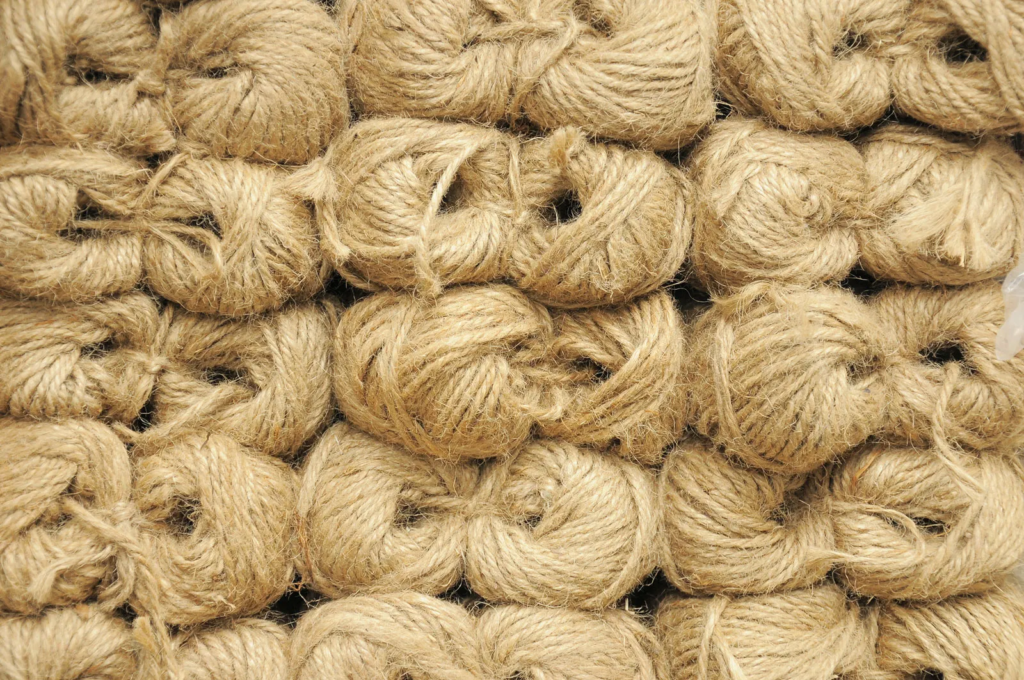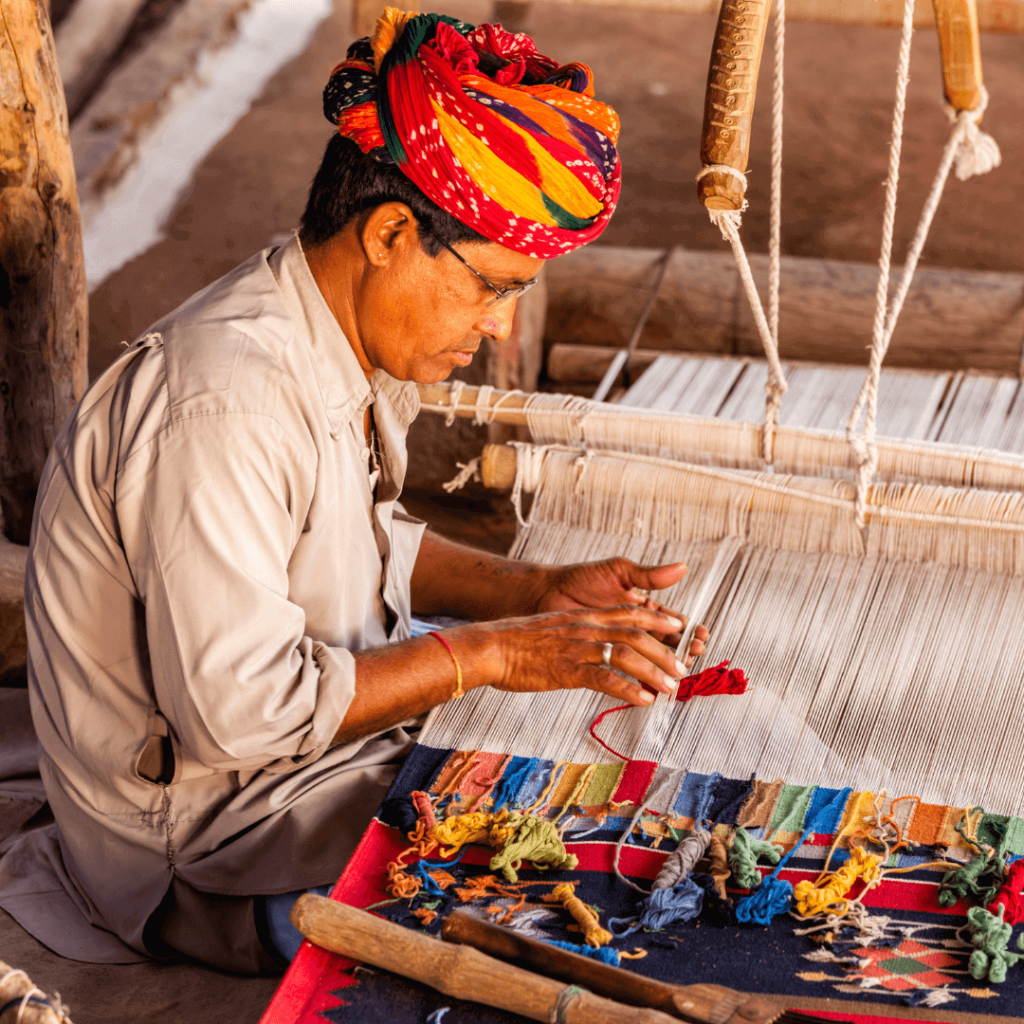Yarn To Fabric
yarn to fabric by Delta publications
Key Notes :
Yarn Formation (Spinning)

- Yarn is made by twisting fibers together.
- The process of converting fibers into yarn is called spinning.
- Fibers such as cotton, wool, or synthetic fibers are drawn out and twisted to form yarn.
Types of Fibers
- Natural fibers: Derived from plants (cotton, jute) or animals (wool, silk).

- Synthetic fibers: Man-made, like polyester, nylon.

Weaving

- Weaving is the process of interlacing two sets of yarns (warp and weft) to form fabric.
- This is done using a loom, which can be hand-operated (handloom) or machine-operated (power loom).
Knitting

- Knitting involves looping a single yarn to create fabric.
- It can be done by hand or using machines.
- Knitted fabrics are stretchier than woven fabrics.
Different Types of Fabrics

- Fabrics are created from yarn through different techniques, resulting in woven and knitted fabrics.
- The choice of yarn and weaving/knitting technique determines the texture, strength, and appearance of the fabric.
Finishing of Fabric

- After weaving or knitting, the fabric may undergo several finishing processes, such as bleaching, dyeing, or printing, to improve its look, feel, and performance.
Uses of Fabric
- Fabrics are used to make clothes, upholstery, curtains, towels, and many other items essential to daily life.
Let’s practice!

